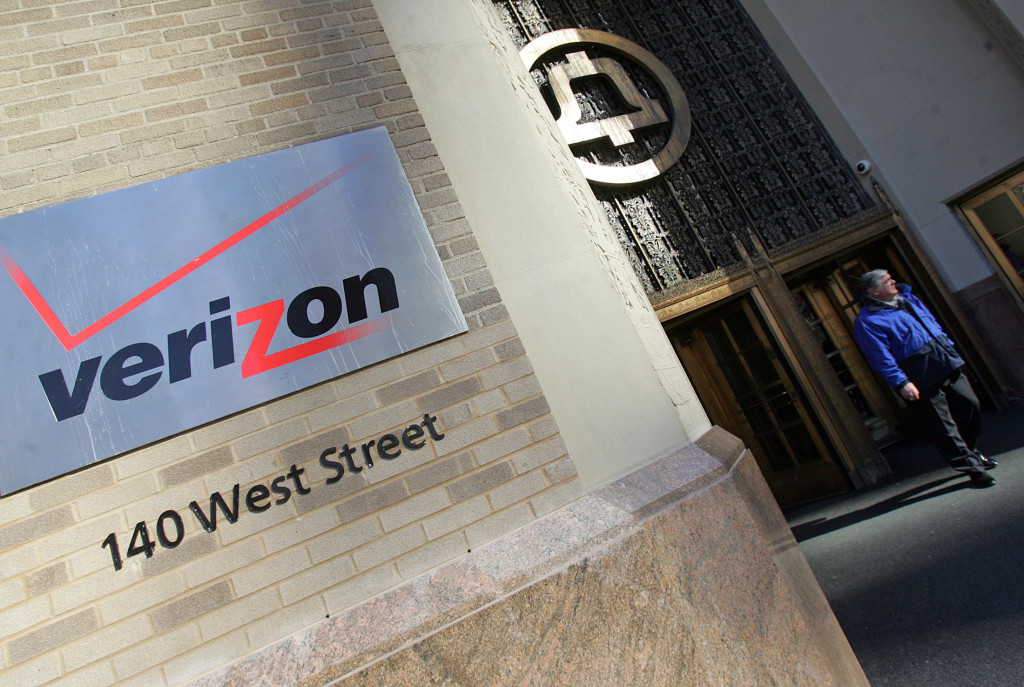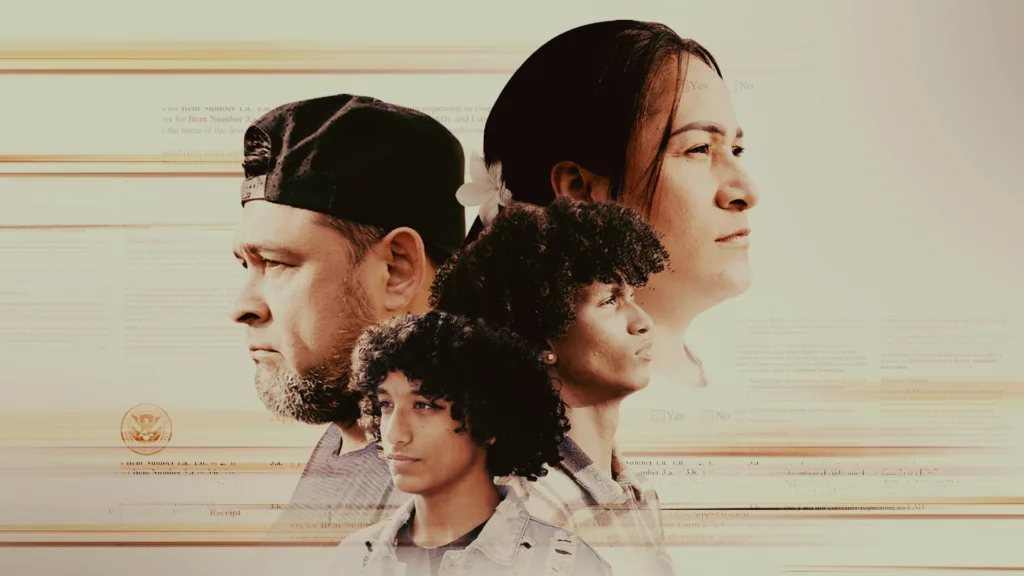What An NSA Domestic Spying Operation Looks Like

June 6, 2013
Share
Millions of Verizon customers awoke Thursday to learn that the National Security Agency has been secretly collecting their telephone records, under a classified court order granted to the Obama administration in April.
According to a report by The Guardian‘s Glenn Greenwald, the order requires Verizon, one of the nation’s largest telecommunications providers, to give the NSA information on calls from within the U.S., as well as between the U.S. and foreign countries on an “ongoing, daily basis.” That information includes the numbers of both parties on a call, location data and the time and duration of the conversation, according to The Guardian.
The report has brought flashbacks of the highly controversial domestic surveillance program first initiated by the Bush administration in the wake of the 9/11 attacks.
The inside story of that effort was uncovered in 2002 by Mark Klein, a former internet technician with AT&T. In the following clip from the FRONTLINE film Spying On The Home Front, Klein describes how he first pieced together that the NSA was building a massive top-secret data mining operation in a nondescript room just steps from his desk. Eventually, he told FRONTLINE, “it all clicked together to me … ‘Oh, that’s what they’re doing. This is a spy apparatus.'”
A senior Obama administration official defended the program Thursday, telling The New York Times that, “Information of the sort described in the Guardian article has been a critical tool in protecting the nation from terrorist threats to the United States, as it allows counterterrorism personnel to discover whether known or suspected terrorists have been in contact with other persons who may be engaged in terrorist activities, particularly people located inside the United States.”

Latest Documentaries
Explore
Policies
Teacher Center
Funding for FRONTLINE is provided through the support of PBS viewers and by the Corporation for Public Broadcasting, with major support from Ford Foundation. Additional funding is provided the Abrams Foundation, Park Foundation, John D. and Catherine T. MacArthur Foundation, Heising-Simons Foundation, and the FRONTLINE Trust, with major support from Jon and Jo Ann Hagler on behalf of the Jon L. Hagler Foundation, and additional support from Koo and Patricia Yuen. FRONTLINE is a registered trademark of WGBH Educational Foundation. Web Site Copyright ©1995-2025 WGBH Educational Foundation. PBS is a 501(c)(3) not-for-profit organization.



















